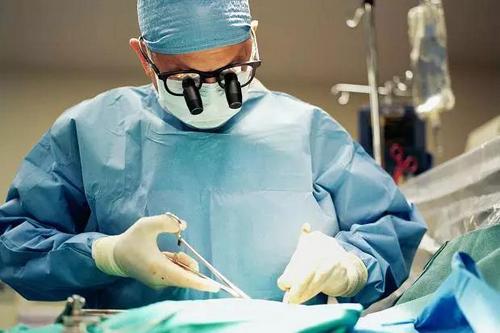Surgeon – a doctor specializing in the treatment of various diseases through physical intervention in the patient’s body. Usually, such pathologies cannot be cured medically, without surgical manipulations – dressings, wound treatments, surgical interventions.
The surgeon’s task is to correctly diagnose the disease, cure and control the post-treatment period.
Answering the question of what the surgeon treats, it is safe to say that there is no organ that would not be subject to surgical treatment.
What diseases does the surgeon treat?
The list of what the surgeon treats is very wide.
The most common diseases and conditions of the body:
- fractures and bone cracks of all types;
- head and spine injuries;
- bruises, sprains, dislocations, microtrauma;
- congenital pathologies of organs, and sometimes entire systems – splicing or obstruction of organs, underdevelopment, deformities;
- tumors – oncological and benign – adipose, fibroids, etc.;
- hernia, appendicitis;
- vascular obstruction, venous disease;
- boils, ulcers, non-healing wounds, gangrene;
- any processes in the body that have passed into the forms of atrophy, sepsis, peritonitis and requiring immediate surgical intervention.
How does the surgeon treat
A visit to a surgeon does not always end in surgery. The doctor tries to cure any disease with minimal intervention, and only in cases where it is impossible or risky, an operation is prescribed.

To date, there are many gentle methods and techniques for conducting operations in which injuries to the body are minimized. Most interventions are performed using laparoscopes and other devices introduced into the body through tiny incisions. All manipulations in this case are carried out remotely, with microscopic instruments and under observation on monitors through micro-cameras.
How is the primary appointment with the surgeon
At the initial appointment, the doctor:
- listens to the patient’s complaints and collects an anamnesis, if the patient is in serious condition, close people should tell about his condition and symptoms;
- assigns the necessary diagnostics. Usually this is fluoroscopy, MRI or CT, blood and urine tests, etc.;
- prescribes the necessary treatment and provides first aid – dressing, casting of gypsum, cuff, straightens the joint, opens abscesses and processes them;
- if urgent operational assistance is required – sends to the hospital.



